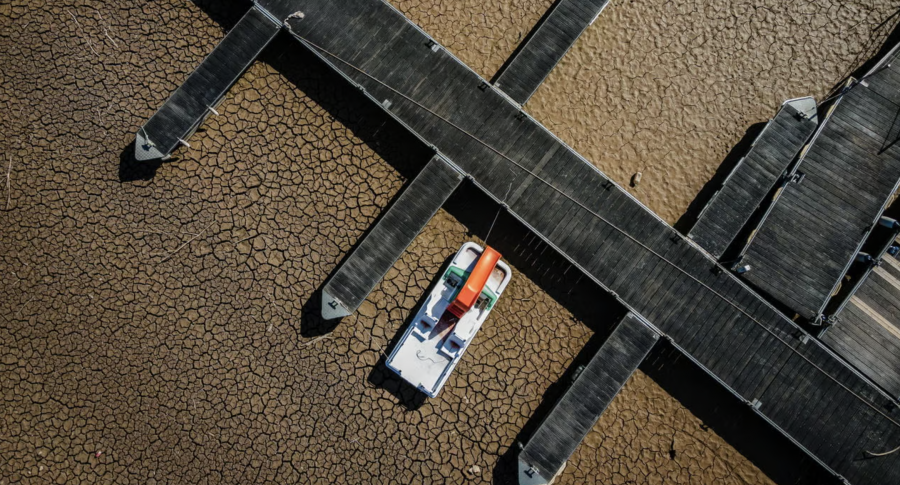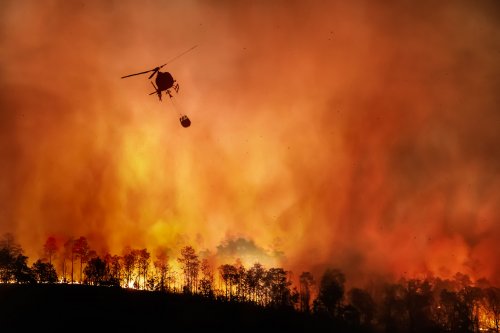Southern Europe is experiencing an unusual winter drought, the second severe drought of the year.
In France, the driest winter was recorded since monitoring began in 1959, because there was no rain for 32 days in a row, The Economist reports.
The material said that in Italy, the largest Po river carries 61% less water than usual at this time of year. And its valley accounts for about a third of the country's agricultural production.
The authors added that the Alps had a record low amount of snow in the winter of 2023, and the snow cover was uneven.
"The Alps are the water tower of Europe. They provide 25-50% of the water flowing through the main rivers of the continent - the Danube, the Po, the Rhine and the Rhone. Due to the small amount of snow that will melt in the coming months, river levels are likely to be extremely low, and with it, water supplies for people and plants along their banks," the article says.
It is noted that politicians are aware of the danger of drought. Thus, French President Emmanuel Macron announced a 53-point plan to save 10% of water consumption by 2030.
The article highlighted that the Italian Cabinet has created a crisis group to develop an emergency action program and has given it 30 days to report. The country's water supply networks need to be modernized. Thus, the average loss of water from the pipeline is a whopping 37% across the country, and in some regions this figure reaches 70%.
The authors added that Italian farmers in the north are already planning to plant less rice, which requires more water than other crops.
"Seasonal climate forecasts show a warmer-than-normal spring-early summer, but how wet it will be remains to be seen," said Andrea Toreti of the European Copernicus Drought Observatory, an EU research body. "A dry spring could hit agriculture hard, pushing up prices again." for food. Depleted waterways may have to be closed to large barges, increasing transport costs."
It said the drought could also hurt Europe's hydroelectric power plants, which produced significantly less power in 2022 because of the drought at that time. With droughts becoming more frequent, Europe has a long way to go before it becomes waterproof.
Earlier, EcoPolitic wrote, that in the summer of 2022, Europe suffered from the strongest drought in half a millennium. The water level in the rivers has dropped so much that the so-called hunger stones have come to the surface, which predict crop failure and famine, and the operation of river transport in certain areas becomes impossible.
As EcoPolitic previously reported, in Catalonia, a region in Spain on the Mediterranean Sea, the water level in the Sau reservoir has dropped to 8% of its capacity. The region suffers from the strongest drought in the last 10 years.





